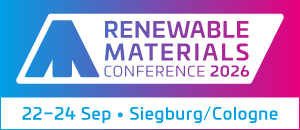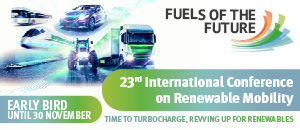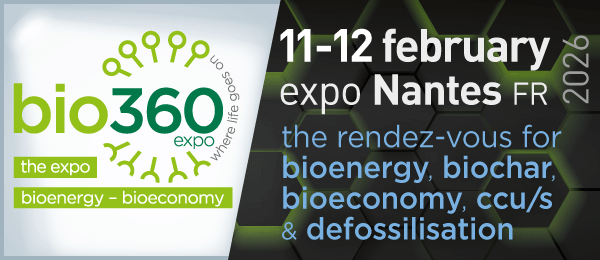
As the United States withdraws from the 2015 Paris Agreement, which established globally shared goals that pledged to contribute to reducing greenhouse gas emissions, concerns about the future of sustainable technologies are growing. However, IDTechEx identifies key areas where sustainable growth can remain a reality in their portfolio of Sustainability Research Reports.
CCUS and the role of regulation
While elements of Trump’s climate policy remain uncertain, there is expected to be a strong political force from Democrats and Republicans alike to continue support for carbon capture. The US is the world leader for CCUS, with the world’s biggest direct air capture facility – Stratos – expected to come online in Texas this year.
IDTechEx’s report, “Carbon Capture, Utilization, and Storage (CCUS) Markets 2025-2045: Technologies, Market Forecasts, and Players“, focuses on how well economies are developing these CCUS technologies globally. Alongside an emphasis on the business case for CCUS, the report also includes a detailed analysis of different carbon capture technologies, ranging from reducing energy demand for conventional amine solvent approaches to novel solutions using membranes and cryogenics.
Despite the US and Canada leading the CCUS technology sector with the implementation of tax credits, the EU’s 2024 Net Zero Industry Act mandates a minimum of 50 million tonnes of CO2 storage capacity yearly by 2030, showcasing a global awareness of the importance of facilitating carbon capture and driving the growth of this technology.
Carbon dioxide utilization
The US offering tax credit support for CO2 utilization, particularly for enhanced oil recovery, will act as a strong incentive for project development. Emerging CO2 utilization application areas such as chemicals, fuels, and building materials (green concrete) will also see growth. IDTechEx’s report, “Carbon Dioxide Utilization 2025-2045: Technologies, Market Forecasts, and Players“, covers technical, economic, and environmental considerations for CO2utilization products, with oil, greenhouse crops, methanol, and polyurethane being listed among the most mature applications currently.
The growth of sustainable data centers
With the rapid rise of AI, the demand for data centers has grown. New grid capacity is needed to support this continued expansion. This presents a key opportunity for investment in emerging renewable energy technologies – from hydrogen fuel cells to small modular reactors – as outlined in IDTechEx’s “Sustainability for Data Centers 2025-2035: Green Technologies, Market Forecasts, and Players” report. Data center hyperscalers such as Amazon, Microsoft, and Meta are some of the biggest companies in the world and have a long track record in purchasing wind and solar power. This continued investment in carbon-free energy will likely lead to long-term decreased energy costs.
Prioritizing sustainability
Despite the often high initial upfront costs of green technology development, incentives are present worldwide to make investments now for long-term benefits. Regulations and climate agreements are currently acting as drivers for development.
On the private sector side, numerous companies including Google, Microsoft, and Amazon, have set carbon neutrality targets. A range of sustainable technologies will be required, from low-carbon energy sources to carbon dioxide removal. For example, Amazon and Microsoft have pre-purchased carbon credits from the Stratos direct air capture plant.
About IDTechEx
IDTechEx provides trusted independent research on emerging technologies and their markets. Since 1999, we have been helping our clients to understand new technologies, their supply chains, market requirements, opportunities and forecasts.
Source
IDTechEx, press release, 2025-03-07.
Supplier
Amazon Conservation Team
Google
IDTechEx
Microsoft
Share
Renewable Carbon News – Daily Newsletter
Subscribe to our daily email newsletter – the world's leading newsletter on renewable materials and chemicals













